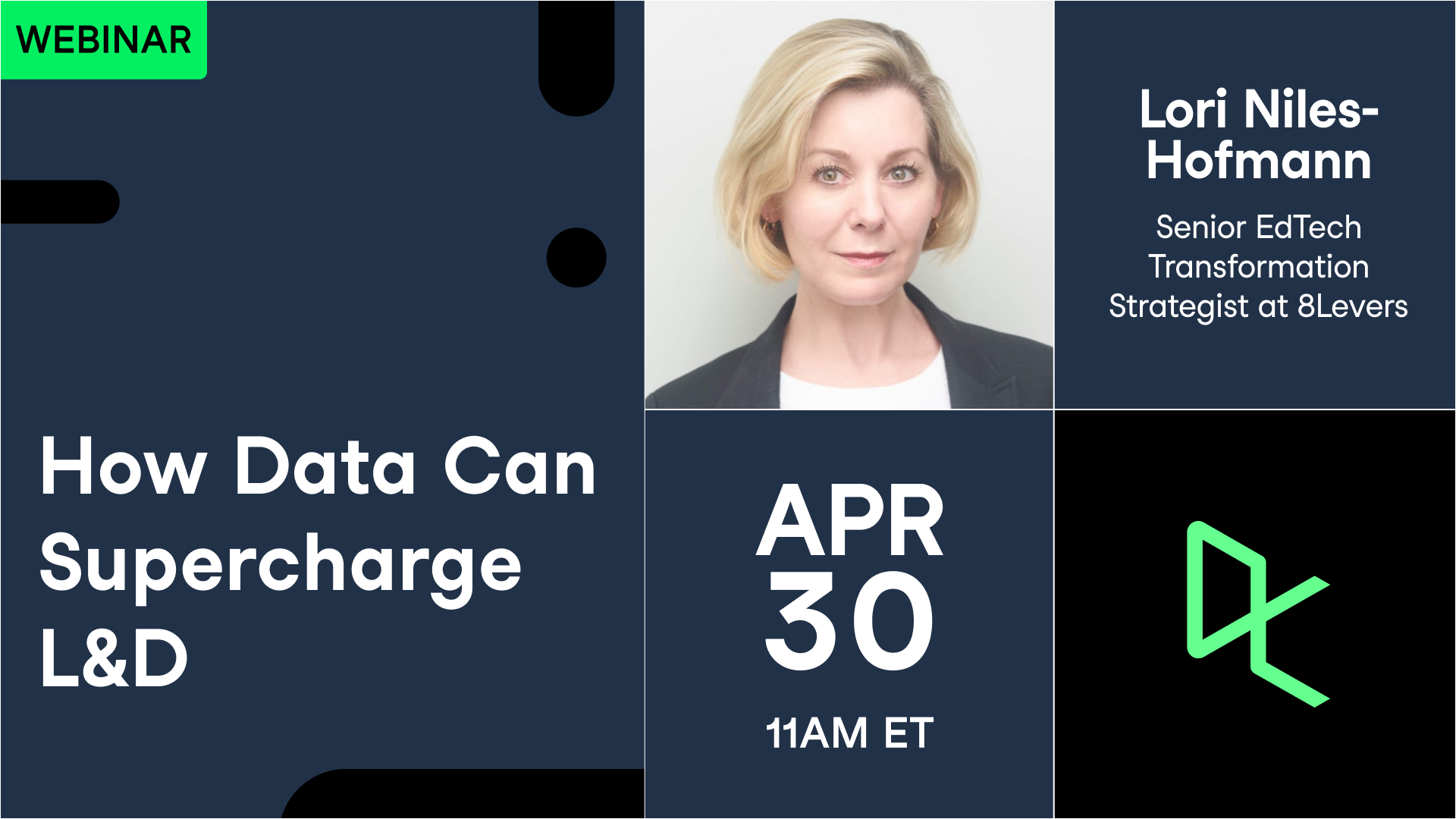Related
white paper
What 300+ L&D Leaders Have Learned About Building Data Fluency
Learn all about how to build a data-fluent culture and the wins you can unlock.white paper
The L&D Guide to Data Literacy
Find the appropriate distribution of data skills across your organization.webinar
How L&D Leaders are Shaping Data Literate Workforces
Successful data literacy upskilling programs from a variety of industrieswebinar
Don’t Wait: What 300 L&D Leaders Have Learned About Data Fluency
Hugo explains what value data fluency can actually add to your organization.webinar
Customer Story: How the Novartis L&D Team Scaled Their Data Training
Learn practical tips for how to scale training at your organization.webinar

